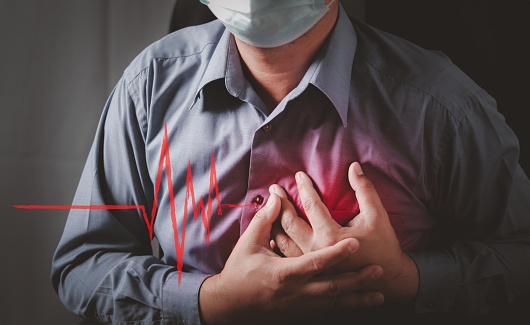Arrhythmias

The heart is an organ that works due to the electrical impulses generated by cardiomyocytes. These impulses favor the heartbeat to be carried out in a continuous, coordinated and rhythmic way. Arrhythmias occur when there is an alteration in the rhythm of the heart. In adults, the normal heart rate ranges from 60 to 100 beats per minute. This rhythm is usually slower in young people and during sleep. Likewise, when exercising or in times of stress or tension, the heart rate increases. Causes of arrhythmia Arrhythmias occur when the heart's electrical system does not work normally, this may be due to: •Heart problems such as coronary artery problems, malfunctioning valves, cardiac failure. •Some drugs such as those used for hypertension or lung problems. •Congenital defects, due to anomalies present from birth. •Consumption of certain substances can also cause a heart rhythm problem such as alcohol, tobacco, caffeine, or drugs. •Daily life situations such as stress,...




